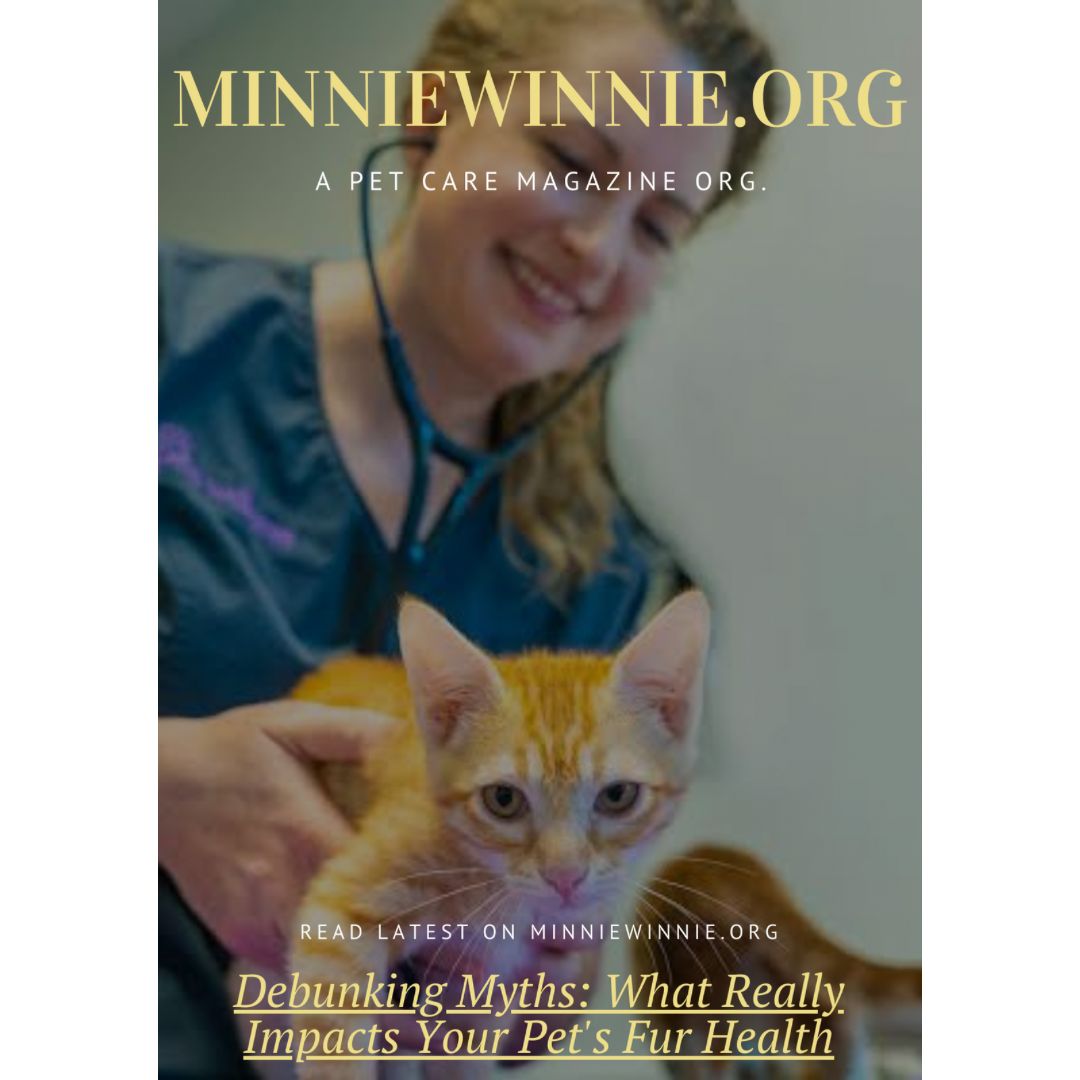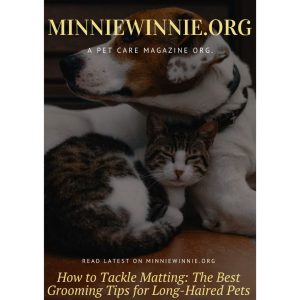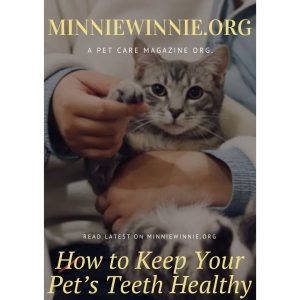Debunking Myths: What Really Impacts Your Pet’s Fur Health
When it comes to our pets, their fur often reflects their overall health and well-being. A shiny, full coat is generally seen as a sign of a happy, healthy animal, while dull, thin fur can indicate underlying issues. However, myths about what truly impacts a pet’s fur health are abundant. Let’s explore and debunk some common misconceptions and uncover the truth about maintaining your pet’s fur in top condition.
Myth 1: Frequent Bathing Ensures a Healthy Coat
Many pet owners believe that the more frequently they bathe their pets, the healthier their fur will be. However, this is not necessarily true. Over-bathing can strip the natural oils from your pet’s skin, leading to dryness, irritation, and a dull coat. Most pets only need to be bathed once every few weeks, unless they get particularly dirty. The type of shampoo used also matters; always opt for pet-specific, gentle shampoos that preserve the skin’s natural oils.
Myth 2: Human Food is Good for Pets’ Fur
It’s a common belief that sharing human food with pets can improve their fur health. While some human foods are safe for pets in moderation, many are not. Foods rich in fats, for example, can lead to obesity and other health problems. Instead, focus on a balanced diet formulated for your pet’s specific needs. High-quality pet food contains essential nutrients like omega-3 and omega-6 fatty acids, which are crucial for a shiny, healthy coat.
Myth 3: Supplements Alone Can Fix Fur Problems
Supplements are often marketed as miracle solutions for fur health, but they are not a cure-all. While supplements like fish oil can benefit your pet’s coat, they should not replace a balanced diet and proper grooming. It’s important to consult with a veterinarian before adding any supplements to your pet’s diet to ensure they are necessary and beneficial.
Myth 4: All Pets Have the Same Fur Care Needs
Different pets have different fur care requirements based on their species, breed, and individual health conditions. For instance, long-haired breeds like Persian cats or Afghan Hounds require more frequent grooming to prevent mats and tangles, while short-haired breeds may need less intensive care. Understanding your pet’s specific needs and tailoring their care routine accordingly is crucial for maintaining a healthy coat.
Myth 5: Hair Loss is Always a Sign of Poor Health
While it’s true that excessive hair loss can indicate health issues, not all shedding is bad. Seasonal shedding is a natural process for many animals, helping them adapt to changing temperatures. However, if you notice sudden or excessive hair loss, bald spots, or changes in the skin, it’s important to consult a veterinarian. These can be signs of allergies, hormonal imbalances, or other underlying health problems.
The Truth About Fur Health
Maintaining your pet’s fur health involves a combination of proper nutrition, regular grooming, and attentive care. Here are some key tips:
- Balanced Diet: Ensure your pet’s diet includes high-quality proteins, essential fatty acids, vitamins, and minerals. Consult your vet to choose the best diet for your pet’s age, breed, and health status.
- Regular Grooming: Brush your pet regularly to remove loose fur, prevent matting, and stimulate skin oils. The frequency and type of grooming tools depend on your pet’s fur type.
- Hydration: Make sure your pet has access to fresh water at all times. Dehydration can lead to dry skin and a dull coat.
- Regular Vet Visits: Routine check-ups can help detect and address any health issues early, ensuring your pet stays healthy inside and out.
- Stress Management: Stress can impact fur health, causing issues like excessive shedding. Provide a calm, stable environment for your pet, and consider enriching activities to reduce stress.
In conclusion, while many myths surround the topic of pet fur health, the reality is that a combination of good nutrition, proper grooming, hydration, regular veterinary care, and a stress-free environment are key to maintaining a healthy coat. By understanding and addressing your pet’s specific needs, you can ensure they look and feel their best.










